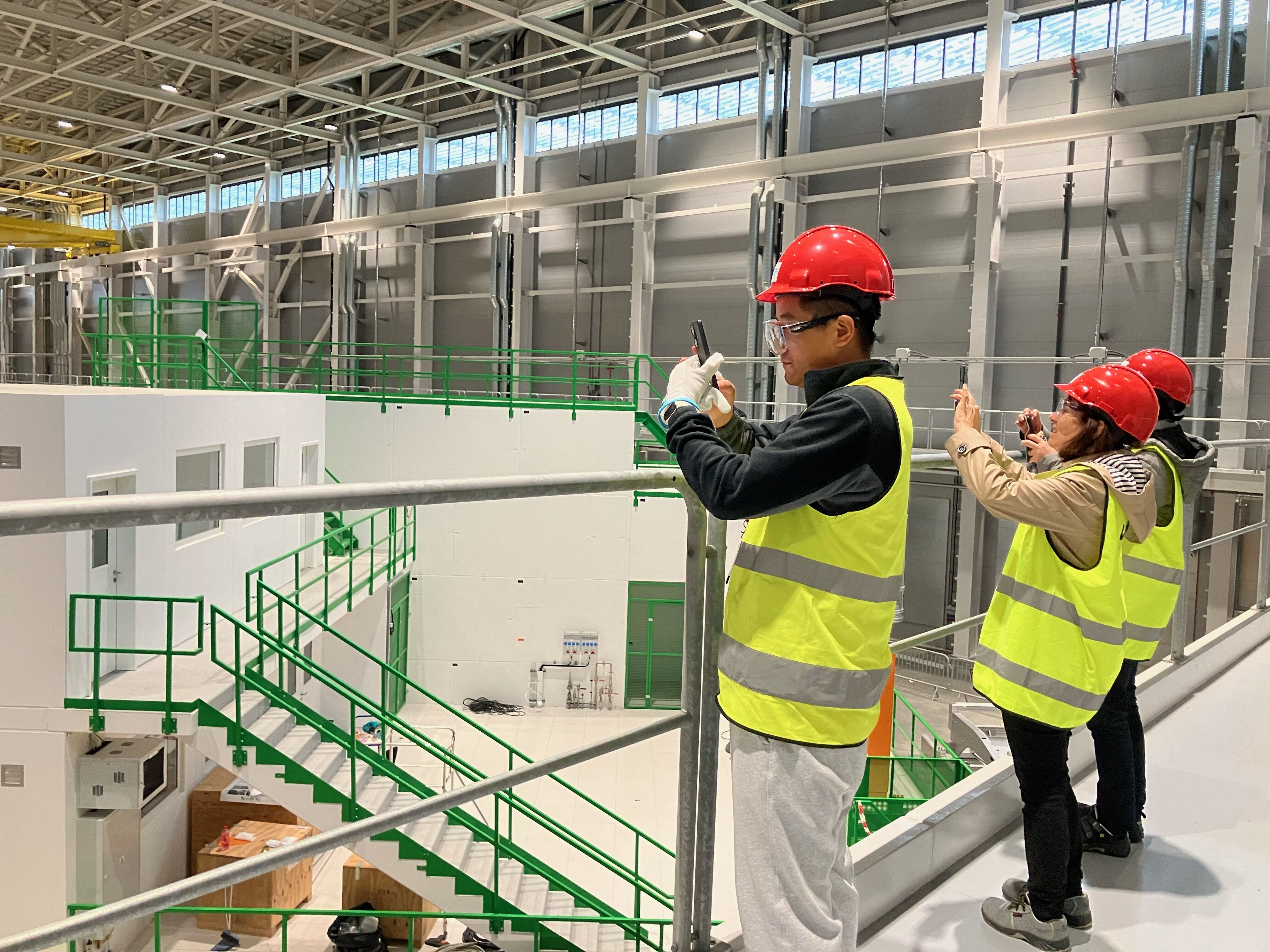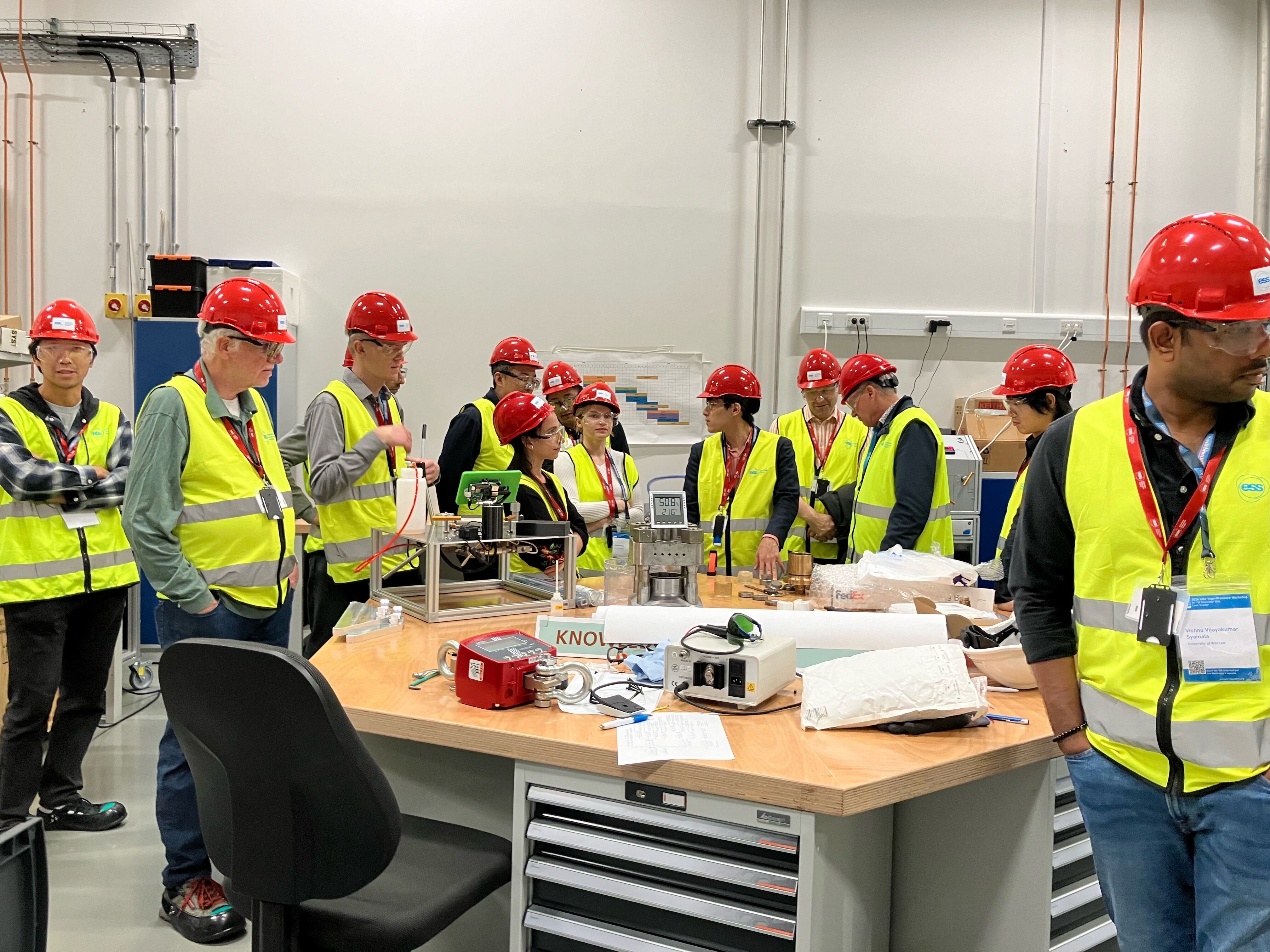
ESS recently hosted the International Union of Crystallography (IUCr) High Pressure Workshop in Lund, Sweden. This event, part of a series that has been running for over three decades, gathered over 80 global experts to discuss the latest advancements in high-pressure research, fostering collaboration and learning across diverse scientific disciplines.
ESS was honoured to host the International Union of Crystallography (IUCr) High Pressure Workshop in Lund, Sweden, from the 25th to the 28th of September. This workshop series, which has been running for over 30 years with the support of the IUCr Commission on High Pressure, has witnessed remarkable progress in the application of high-pressure research across multiple scientific fields. The event brought together over 80 international scientists working with high-pressure techniques in home laboratories, neutron sources, free electron lasers, and synchrotron X-ray facilities.
ESS Science Director Giovanna Fragneto welcomed the attendees with her opening remarks. A core objective of the workshop was to support and encourage students, postdocs, and early-career scientists. To facilitate this, IUCr offered a bursary to subsidise travel expenses for some of the delegates. A highlight of the event was a full-day tutorial on X-ray and neutron scattering methods, which provided invaluable learning experiences for all participants. On the last day of the workshop, participants had the chance to visit either MAX IV or ESS, allowing them to see the developments taking place at both facilities first-hand.
Mikhail Feygenson, Head of the Diffraction and Imaging Division at ESS, reflected on the workshop’s impact:
"The meeting was highly engaging. The field of high-pressure research is both vast and exciting, encompassing a diverse range of topics, from novel magnetic structures to unique ice formations that can only exist under extreme pressures, and of course, earth science. We are confident that high-pressure research will thrive at ESS, particularly with the use of the new diffractometer, DREAM, which enables high-flux neutron diffraction and total scattering studies.”
Using synchrotron X-rays and neutrons enables researchers to study materials in a wide array of scientific disciplines, including condensed-matter physics, solid-state chemistry, geophysics, materials science, biology, and nanotechnology. The workshop facilitated extensive discussions and encouraged interdisciplinary collaborations, highlighting the potential for future scientific discoveries inspired by this event.
By bringing together experts and early-career researchers, the IUCr High Pressure Workshop not only advanced knowledge but also fostered new connections in the high-pressure research community. ESS is enthusiastic about supporting future collaborations and discoveries that emerge from these shared experiences and looks forward to seeing the progress made possible through partnerships initiated during this workshop.


























